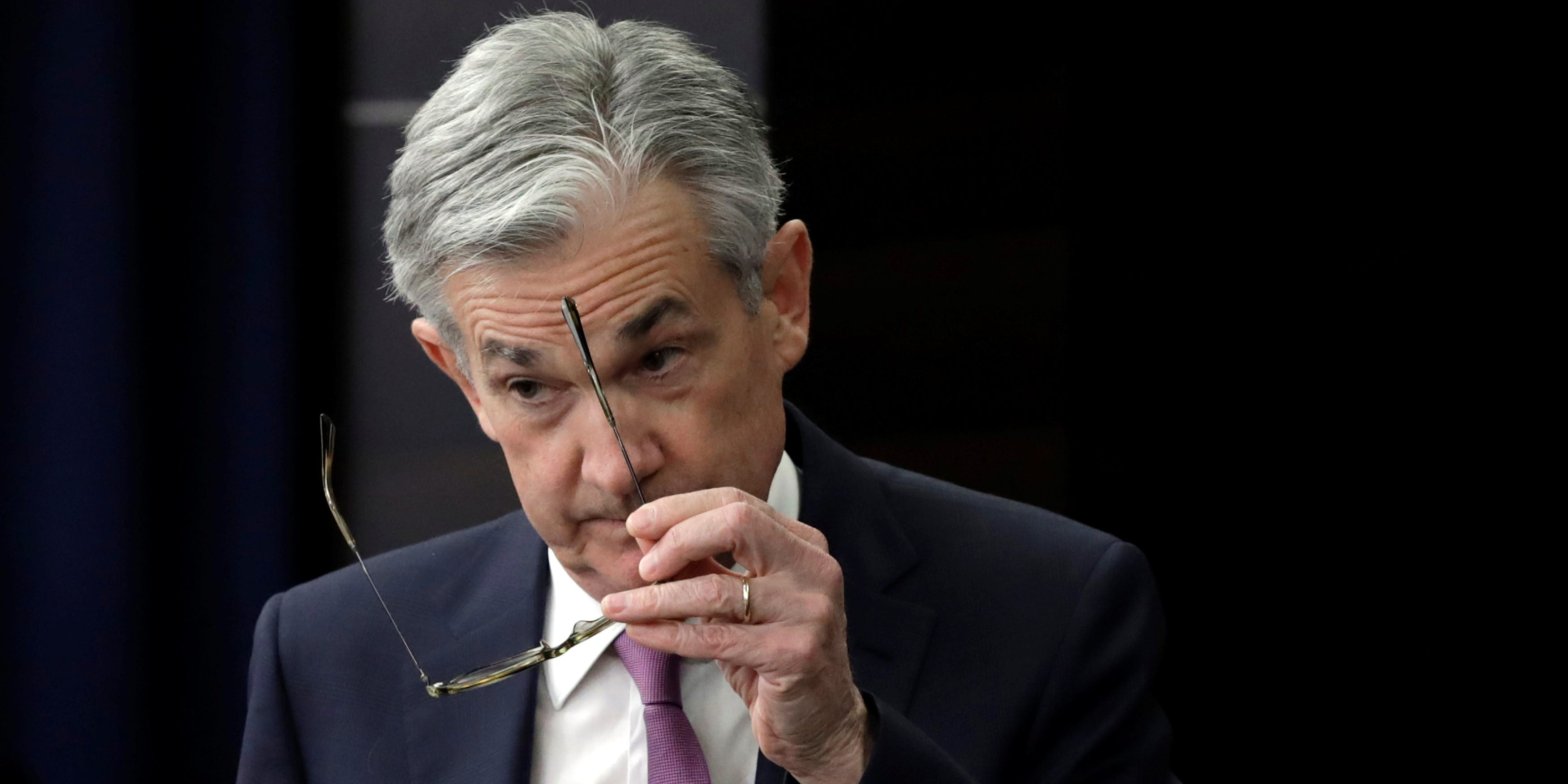The Fed meeting this week will be the first since a flurry of bank failures threw markets into chaos. Market heavyweights such as Jeff Gundlach and Steve Eisman have been discussing what they see is next for rates. Odds are tilting toward a rate hike of 25 basis points at the March 22 meeting. Loading Something is loading.
Thanks for signing up!
Access your favorite topics in a personalized feed while you’re on the go.
To raise or not to raise interest rates: that’s the question facing the Federal Reserve at its policy meeting this coming week, the first since three US banks failed and sparked fears about a brewing financial crisis.
Market views on what’s next for the benchmark fed funds rate have been whipped around recently. The Fed earlier this month appeared set to deliver a rate hike of 25 or 50 basis points, its ninth consecutive increase, as it deals with inflation sitting well above its 2% target.
Traders then began pricing in a possible pause for March after the collapse and seizure of Silicon Valley Bank fanned fears about a broader crisis in the banking sector.
Heading into Wednesday’s decision, odds were tilted again toward an increase of 25 basis points in the fed funds rate, to a range of 4.75%-5%.
Here’s a look at what some top commentators and analysts foresee for the Fed’s next move.
David Rubenstein, co-chairman of private equity firm Carlyle Group:
A quarter-percentage point hike is the most likely decision for March, said the billionaire investor.
A pause would make people think the Fed has lost interest in fighting inflation. On the other hand, an increase of 50 basis-points is too much for some banks to handle at this point.
“So I suspect 25 basis points is the split-the-baby decision that’s most likely,” Rubenstein told Bloomberg.
‘Big Short’ investor Steve Eisman:
“Fifty basis points is off the table,” Eisman told CNBC’s “Fast Money”. “So either they’re going to do 25 basis points or they’re going to do nothing.”
Investors should start worry if the regional banking crisis prompts a pause in rate hikes. “If the Fed doesn’t raise rates … maybe it’ll be positive for a couple hours or a couple of weeks,” he said. “But the Fed won’t be raising rates because it’s scared.”
DoubleLine Capital’s Jeffrey Gundlach:
“I just think that, at this point, the Fed is not going to go 50. I would say 25,” Gundlach told CNBC. “For credibility’s sake, they’ll probably raise rates 25 basis points. I would think that that would be the last increase.”
Economist Mohamed El-Erian:
SVB’s meltdown will force policymakers to give up its aggressive monetary policy, he said.
Allianz’s chief economic adviser pointed to plunging US bond yields as a key sign the Fed will eventually halt rate increases.
“With the US #SVB-related bailout going beyond what many expected, markets see it as more than protecting deposits and small #tech,” El-Erian said in a tweet.
Goldman Sachs:
The investment bank sees the Fed hitting pause on more rate hikes.
“In light of recent stress in the banking system, we no longer expect the FOMC to deliver a rate hike at its March 22 meeting with considerable uncertainty about the path beyond March,” Goldman Sachs analysts wrote.
Goldman is still expecting increases of 0.25% at the May, June and July meetings, leaving the terminal rate at 5.25% to 5.5%. Still, there’s “considerable uncertainly about the path.”
